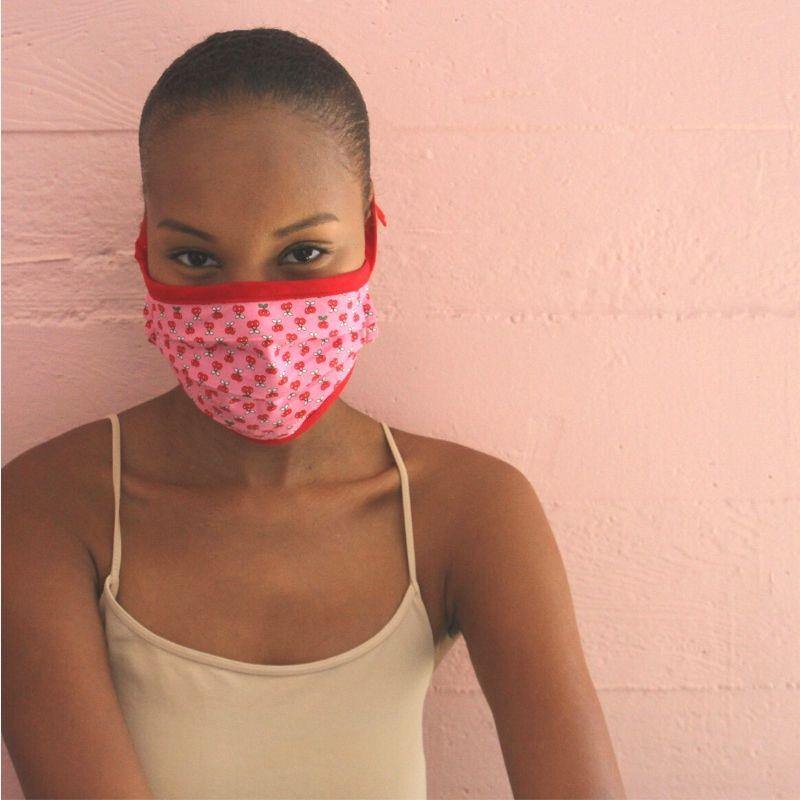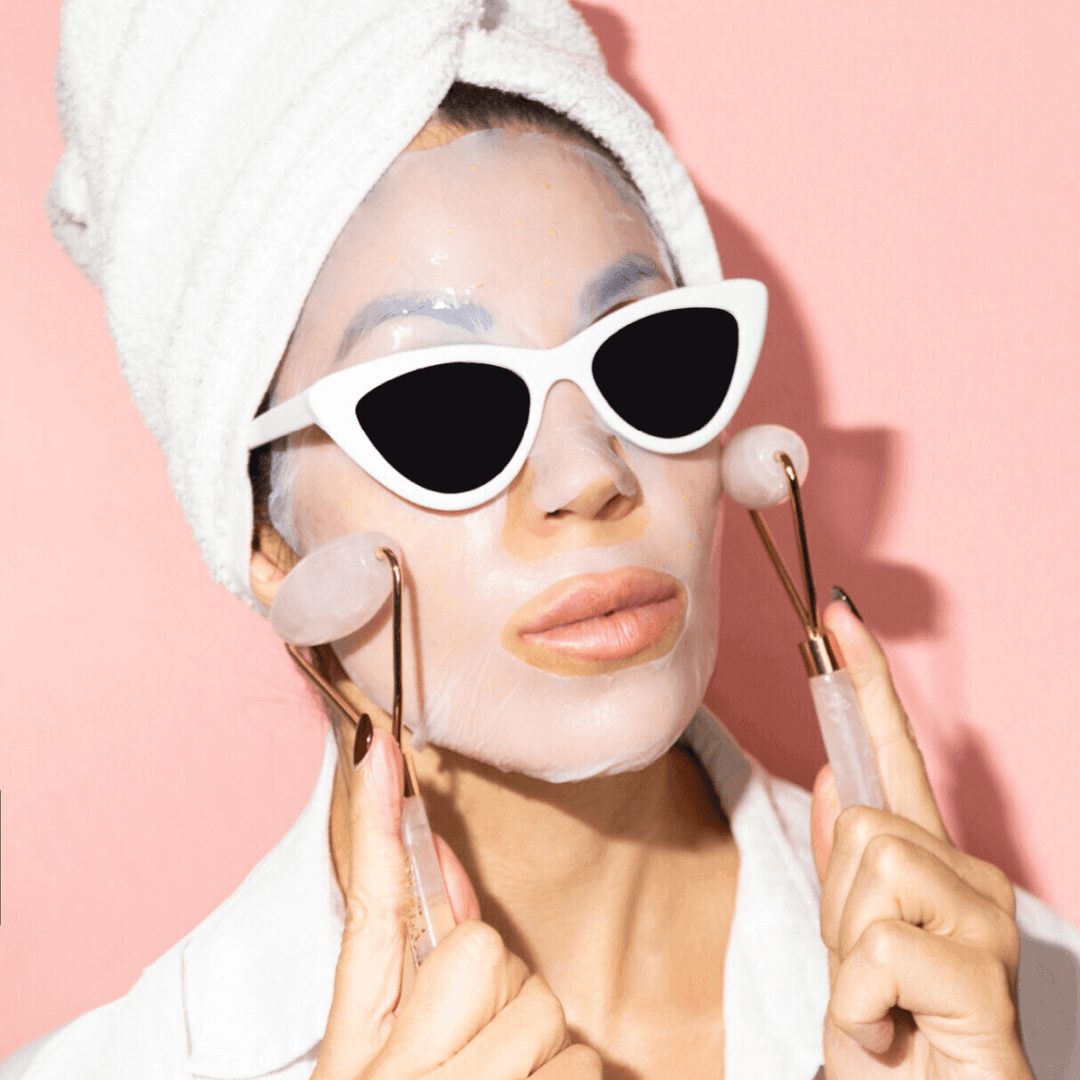
How to Prevent Acne From Face Masks
Maskne
Face masks have become the new normal. Unfortunately, so have breakouts on the lower portion of our faces. Masks not only physically distress the skin, they also trap heat and sweat, causing discoloration, inflammation, and acne. Front-line workers are especially prone to skin trauma, as masks fit snugly against their faces for especially prolonged periods of time.
As we develop new habits in response to COVID-19, we should dedicate some attention to our skincare routine, too. With a diligent, adaptive approach to skincare, it’s possible to minimize adverse reactions to face masks.
Mask-Care is Self-Care
When you throw on a mask only to go to the grocery store or on a walk, it’s easy to be haphazard in taking sanitary measures. However, an unwashed mask can cause more irritation to the skin. In order to keep bacteria at bay, it’s important to wash your face masks regularly or use disposable face masks.
Go Makeup-Free
We know, easier said than done. But when wearing a mask, what’s the point of putting on foundation or lipstick, anyway? Spare your pores the extra weight by avoiding makeup on the lower half of your face.
Love Your Lipid Barrier
Make sure you’re using skincare products which support your lipid barrier. Even without the extra caution of wearing a face mask, it’s always important to avoid sensitizing the outermost layer of your skin. When your lipid microbiome is compromised, your skin has less protection against its environment and is more prone to breakouts. When faced with sweat, heat, bacteria, and the physical impact of a face mask, it is even more crucial to build your skin up with lipid-loving ingredients.
Use Lighter Products
With the extra humidity caused by a face mask, opt for lighter products to avoid weighing your skin down. Use a serum instead of a heavier moisturizer. Our Detox Serum is particularly good for fighting the effects of a face mask, with chlorophyll to oxygenate, sage and rosemary to purify, hyaluronic acid to hydrate, and tea tree to kill bacteria. It’s gentle enough for everyday use and will simultaneously hydrate and purify the skin.
Soothe Post-Mask
In itself, it’s a relief to return home and finally remove your face covering. After potential skin distress, it’s also a good time to amplify your skin’s free time with facial massages. Rose quartz tools can help to stimulate the skin and aid blood (and thus oxygen) flow, and relax your skin once the mask is removed.
Check out our blog post on the benefits of LED to treat acne here.
You May Also Like:



Leave a comment
This site is protected by hCaptcha and the hCaptcha Privacy Policy and Terms of Service apply.